
Connie Holthusen Senior Sales Manager | EdSurge Research
As the pace of technological advancement accelerates, educational institutions face increasing pressure to adapt their teaching methods. Traditional education models, which emphasize knowledge retention, are proving insufficient in preparing students for a rapidly changing world. The need for digital fluency and adaptability is more critical than ever.
Pearson's "Lost in Transition" report underscores the challenge faced by the workforce in keeping up with technological changes. The ability to "learn to learn"—to quickly acquire and apply new skills—is now one of the most valuable competencies for students. However, many education systems still prioritize static knowledge over adaptability and continuous learning.
The rapid advancement of technology poses a risk for students who lack the skills to navigate constant change. Schools must focus on developing critical thinking, problem-solving skills, and independent learning to better equip students for an unpredictable future.
Educators play a crucial role in this transformation but face challenges in keeping up with emerging trends. Technology should be leveraged not just as a tool but as a partner in the learning process. AI-driven platforms can personalize instruction and provide real-time feedback, allowing students to progress at their own pace. Interactive simulations and gamified learning experiences can make complex concepts more engaging and applicable to real-world scenarios.
Empowering educators is also essential. Professional development is vital for preparing teachers to guide students effectively. Through College and Career Readiness (CCR) programs, schools offer Advanced Placement (AP), Honors courses, Career & Technical Education (CTE) programs aligned with industry demands, and Dual Enrollment opportunities that give students a head start on college.
Early career exploration has become increasingly important as schools recognize that connecting learning to real-world applications enhances student motivation and engagement. Digital tools can help students discover potential career pathways aligned with their skills.
In conclusion, embracing digital fluency, adaptability, and "learning to learn" ensures that students are prepared for current careers and those yet to emerge. By integrating advanced technology, career-connected instruction, and strong educator support, schools create environments where students shape their futures rather than merely prepare for them.
To learn more about how Pearson is shaping the future of college and career readiness, visit Pearson.com/CCR.
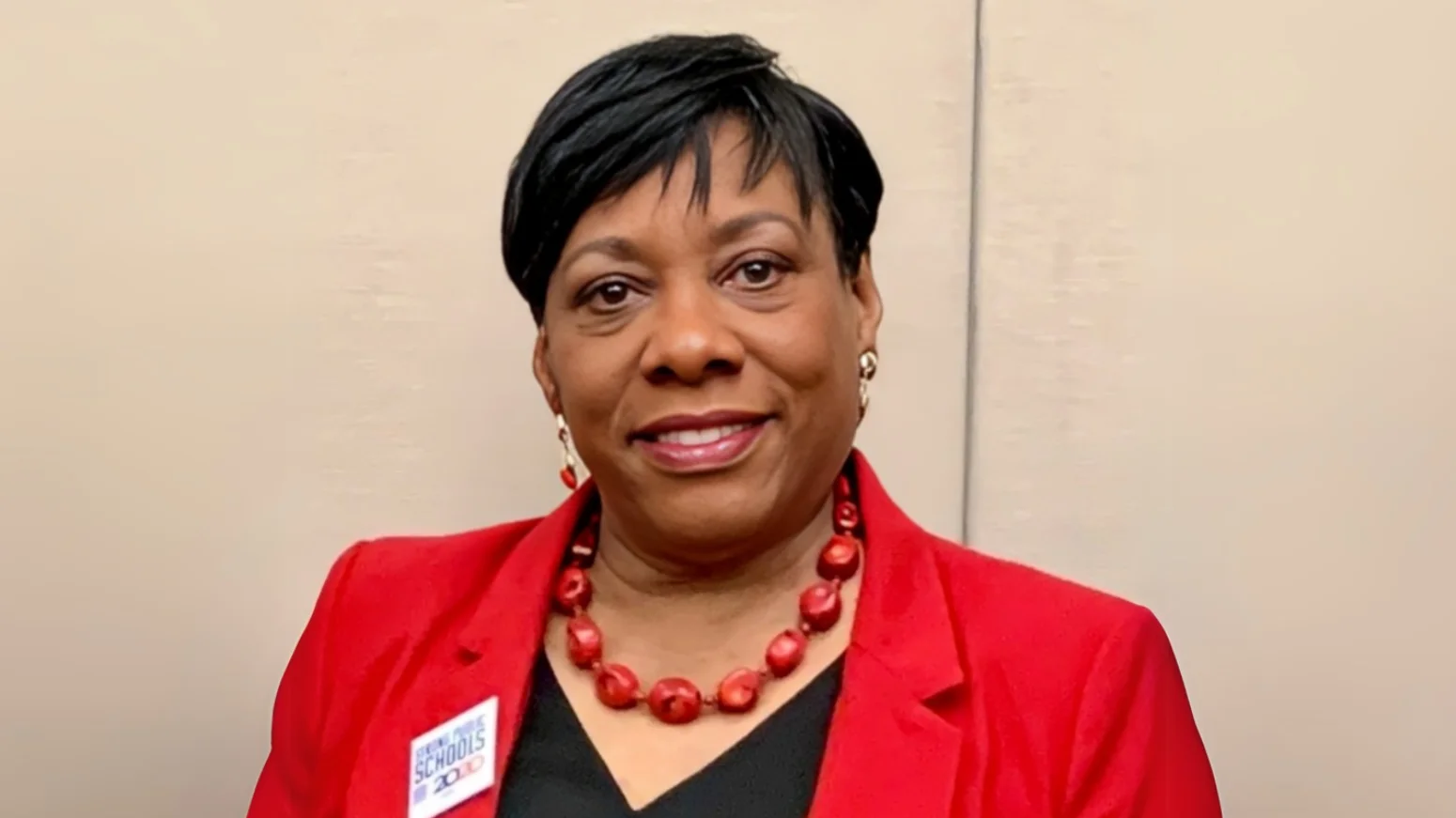
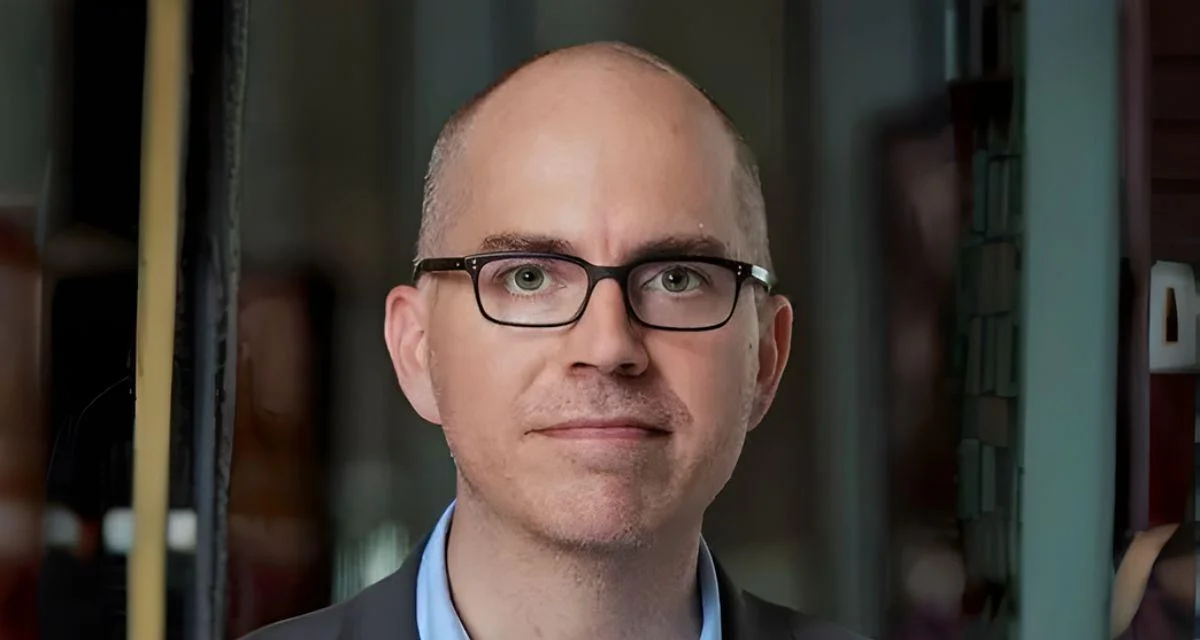
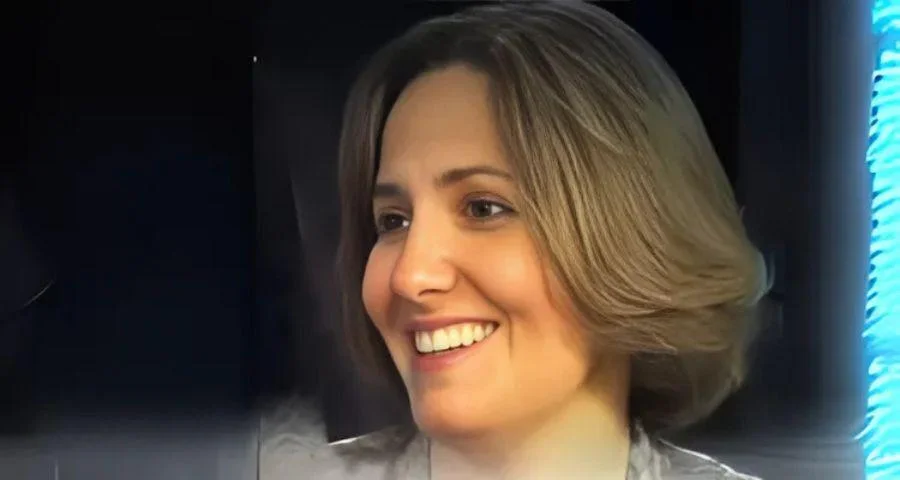
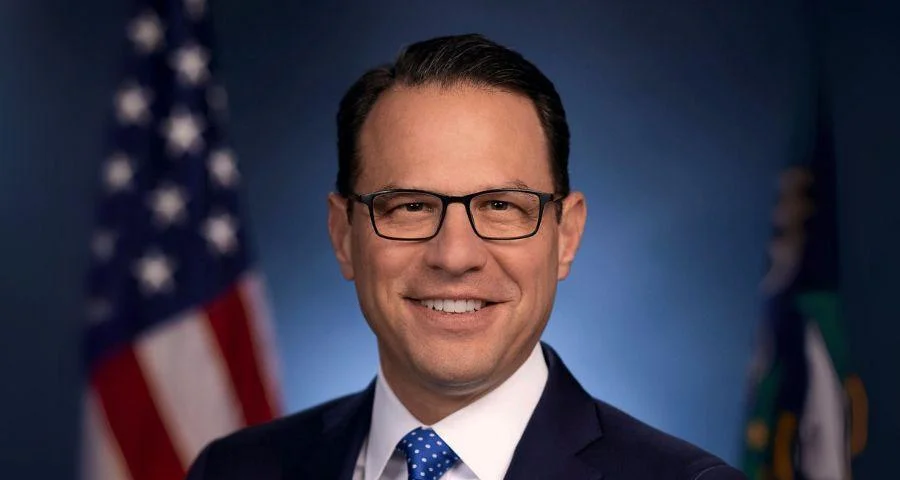
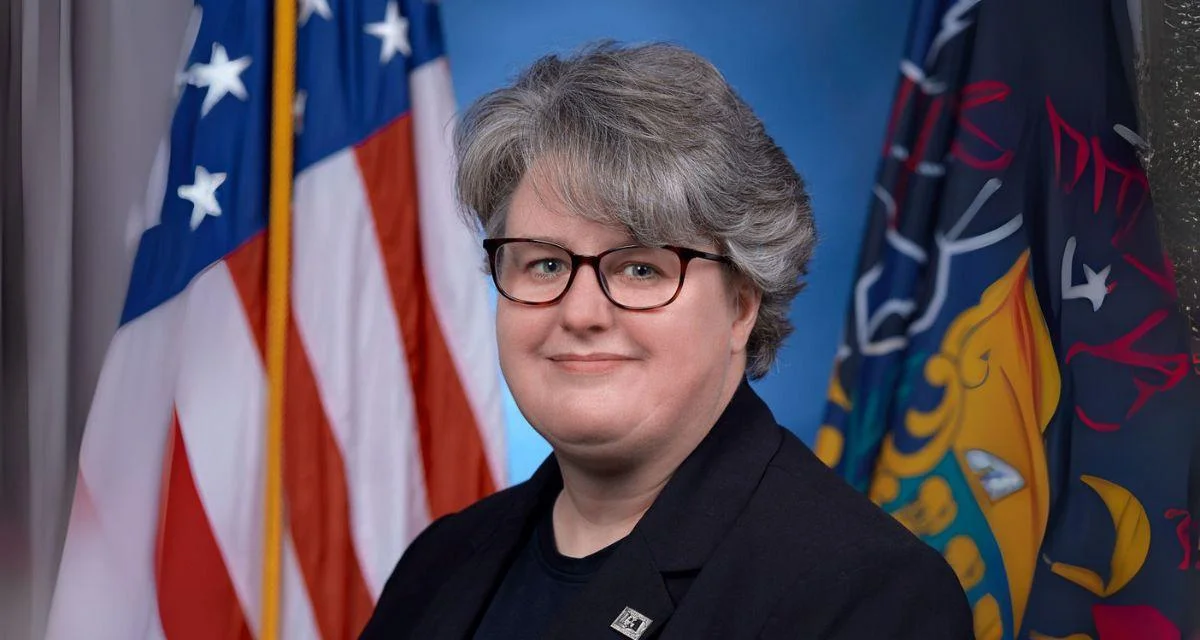
 Alerts Sign-up
Alerts Sign-up